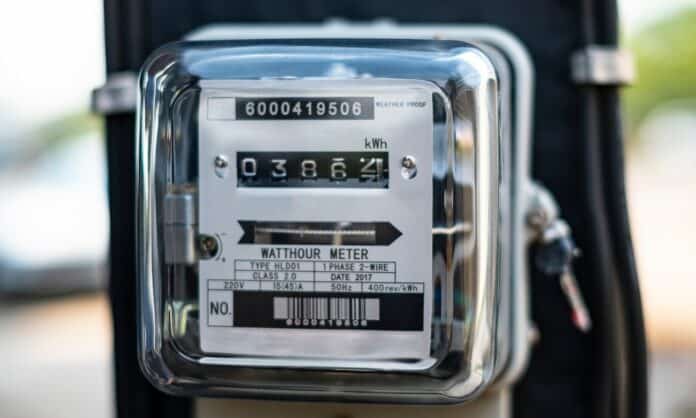Table of Contents
Many people in South Africa are now using prepaid electricity. It allows you to better monitor your usage, which can save you money. However, you must understand how it all works to maximise your savings. For instance, you must know how inclining block tariffs work and what they are in your area.
Also, buying your power online tends to be cheaper than in a store since stores charge fees for their service, whereas online apps often don’t. We will explore this further and give you some ideas on saving money on home electricity.
Let’s get started.
How Is Prepaid Electricity Charged?
Prepaid electricity can be charged by buying tokens or vouchers at supermarkets, convenience stores, petrol stations, and banks. Banks are generally much cheaper than supermarkets and convenience stores, which have higher fees. Some banks, like TymeBank, charge no fee at all.
Alternatively, you can pay online using the Spot App or the Home+ app, which doesn’t charge a fee and allows for 24/7 top-ups from the convenience of your home.
How much your power costs depends entirely on how much electricity you use and when and how you buy it. Let’s explore this further.
Understanding Inclining Block Tariffs
You may have noticed that you get more units of electricity at certain times than at others, due to something called Inclining Block Tariffs.
Inclining block tariffs are where electrical power is cheapest at the beginning of the month and gets increasingly more expensive as you purchase more power. If your usage is high, you could be paying significantly more by the end of the month. However, the tariff will be rolled back to the original lowest block at the start of each new month.
These inclining tariffs are designed to help protect low-income households from high usage rates because the less you buy each month, the lower your monthly average rate will be. Higher-income households tend to use a lot more power, so they’ll pay more for that energy because they use more.
Note that the maximum amount of power you can use in each usage block will vary, sometimes significantly, depending on your region. You must contact your local provider to find out what the usage blocks are for your area.
How To Stay Within the Cheaper Electricity Usage Blocks
To stay within the cheaper usage blocks, buy it at the beginning of every month. You automatically get 275 kWh of free power before rolling into Block 1. Then, top it up later, buying no more than you need to get you through to the beginning of the next month when you can purchase in the cheapest block again.
While buying things like groceries in bulk saves money, the opposite is true with electrical. If you buy more than you need, you’ll pay higher fees and not get that monthly 275 kWh of free power.
You can also find ways to save on electricity at home. Switching to LED lights, better managing your thermostat, only running the dishwasher or washing machine when full, and buying energy-efficient appliances will all help lower your usage.
Another great option to stay in that cheaper block or eliminate your bills altogether is to invest in an EcoFlow Solar Generator like the EcoFlow DELTA Series Solar Generators. When you buy enough solar panels and battery backup, you can use energy from the sun to generate enough power to run your entire home and never worry about load-shedding again.
Alternatively, you can buy a smaller system to supplement your electrical to help you stay in the cheaper usage block. If you get a load-shedding inverter to go with it, you can easily switch to backup power when the grid goes down. EcoFlow Portable Power Stations like the
EcoFlow DELTA Series Portable Power Stations allow you to store excess energy for use during power cuts or outages.
Is It Cheaper To Buy Prepaid Electricity at the Start of Every Month?
Yes, buying prepaid power at the beginning of every month is cheaper.
Why Is It Cheaper?
It’s cheaper to buy prepaid electrical at the beginning of every month because of inclining block tariffs, which are cheaper at the start of the month and get increasingly more expensive as you buy more power. Simply put, the more power you buy, the more you pay.
Frequently Asked Questions
The cheapest way to buy electricity is using a prepaid meter, buying some at the beginning of the month and then topping up only as needed to avoid being pushed into higher inclining block tariffs. Also, buying through certain banks or online apps is cheaper than buying vouchers or tokens from supermarkets or convenience stores.
Final Thoughts
There are lots of ways you can help save money on electrical, from understanding your Inclining Block Tariffs and how to make the most of them to purchasing top-ups online or in banks that charge no fees, as opposed to the more expensive stores and petrol stations that charge fees, sometimes high fees, for their service.
Additionally, if you really want to lower your bills, invest in an EcoFlow Solar Generator, and you can reduce or eliminate your bills altogether.
